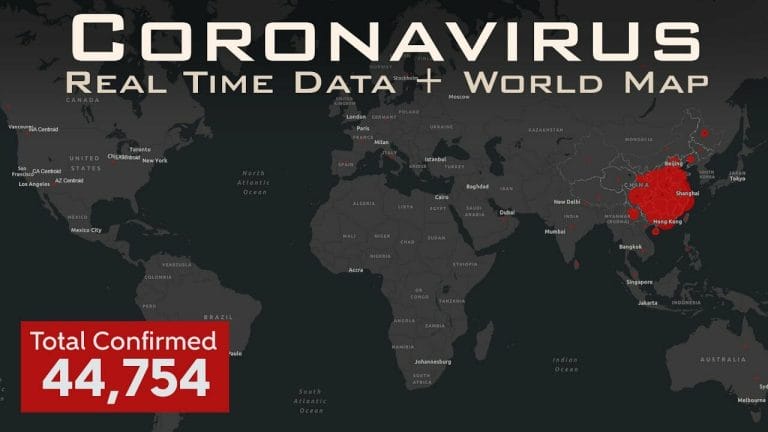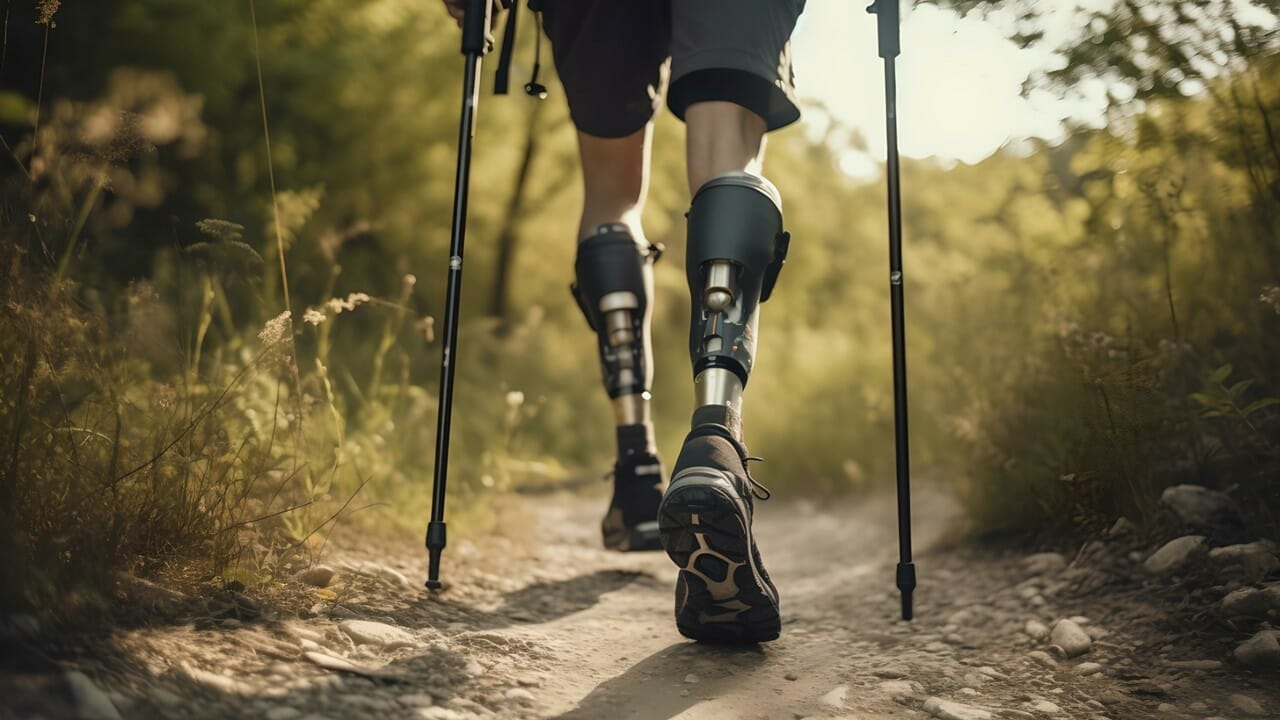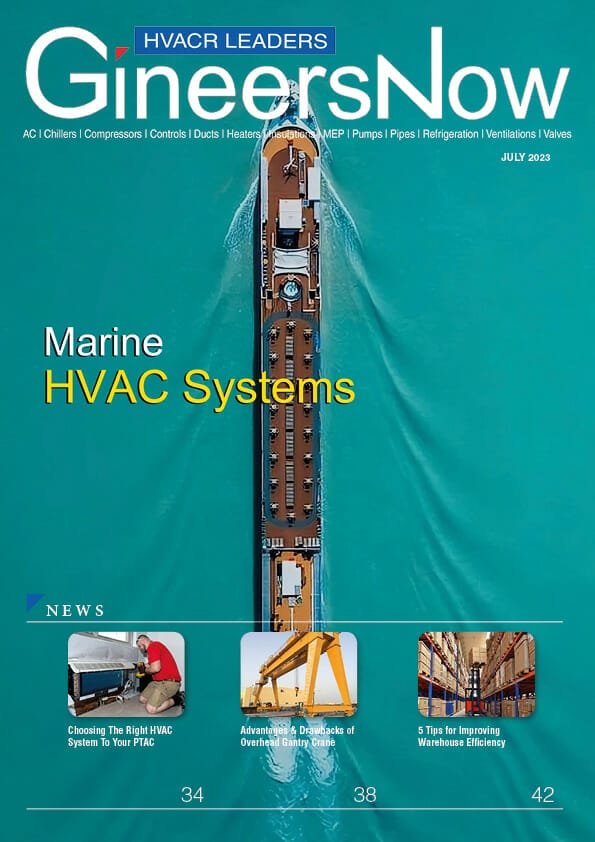The Future of Medical Robots
Watch Live Stream & Real Time Statistics of COVID-19
Wuhan, China’s novel coronavirus is spreading like a wildfire around the world. It has killed more than a thousand and continue to disrupt the worldwide transport system, healthcare industry and global economy. Many doctors has been confirmed dead while taking care of the patients. Several government officials, medical staffs and nurses were also affected by this deadly Wuhan coronavirus.
According to CDC, 2019 Novel Coronavirus (2019-nCoV) (COVID-19) is a virus (more specifically, a coronavirus) identified as the cause of an outbreak of respiratory illness first detected in Wuhan, China. Early on, many of the patients in the outbreak in Wuhan, China reportedly had some link to a large seafood and animal market, suggesting animal-to-person spread. However, a growing number of patients reportedly have not had exposure to animal markets, suggesting person-to-person spread is occurring. At this time, it’s unclear how easily or sustainably this virus is spreading between people.
What if we could stop the spread of the novel coronavirus from patients to doctors?

The introduction of technology has always been a grand idea that can either help unite or divide its users and the world. One would argue that, with the advent of smartphones and mobile devices, we are now able to connect with people from different parts of the world, yet we are so engrossed in our device that we end up ignoring the people physically around us.
There is no technology that is exempted from this possibility, especially medical technology. While the introduction of these new medical automatons and robots are revolutionary to the procedures of health professionals and how they combat deadly diseases such as the novel corona virus (nCoV), SARS, and MERS, there is a higher chance they are perceived to be too complex or even frightening for the patient and medical staffs.
Aids Surgeons
For example, there is a machine that aids surgeons to spot the difference between blood vessels and urine carrying structures so as to decrease the probability of medical errors. It is still a machine, and the reassurance that everything will be okay will still come from its handler, as robots are still operated by human hands and minds.
A proficient medical technician is still necessary for the handling of these robots because human connection is still very much important.
Deep Relationships
That is why robotic clinicians must also exercise their ability to build deep, strong relationships with the people they seek to cure. This is less difficult and less complex than it sounds.
Imagine a young child whose first visit to the doctor is met with a giant, silver, metallic, cold machine. They will be too afraid to let the doctor use his or her tools. Robotic clinicians can easily solve this problem via a simple redesign. The young child can then be far more engaged by the robot if its face can instantly transform into the child’s favourite animated character or toy. This will distract the young child from the complexity of medical procedures and thus lessen potential fear.
Summary
All in all, the global health care system should always be about doing what is best for the patient in this rapidly evolving health care landscape not just in how this robot operates, but who is operating it, how that person is, and even the design of the robot itself. Highly contagious diseases such as the novel coronavirus, MERS or SARS can be controlled with the aid of medical robots.
Click below to read the magazine
Click here to download the magazine
Watch Live Stream & Real Time Statistics of COVID-19
Other COVID-19 Updates
Tiger Tests Positive for Coronavirus at New York Zoo
Harvard Talks: Cut Salaries or Cut People?
Lamborghini Medical Shields & Surgical Masks for Health Workers
WHO COVID-19 Buildings & Tents Screening Layout Standards
UCLA Engineer Made a Ventilator from Hardware Items
Airbus Gives 3D-Printed Hospital Visors to Health Workers
Airlines COVID-19 Analysis: Aviation Collapsed
Forecast Deaths, Hospitals & Ventilators: COVID-19 Impact, USA Full Report
Ventilation Standards for Buildings Converted to COVID-19 Hospitals
Harvard Talks: The Supply Chain in Post COVID-19 Era
COVID-19 Deaths to Reach 81,000 in US By June – Forecasts by IHME & Univ. of Washington
Top 10 Largest Ventilator Manufacturers in the World
List of Government Officials Tested Positive in PH
Metronic Ventilator Ramping Up Production
Engineers, Can You Help Build a DIY Ventilator for Hospitals?
Water is Our First Line of Defense Against COVID-19
COVID-19 Economic Aftermath on the Construction Industry
Complete List of Companies Working on Coronavirus Vaccine
COVID-19 War: 70K Physicians vs 109M Filipinos
Famous People Who Have Tested Positive for COVID-19
These Politicians Tested Positive for Coronavirus (COVID-19)
Postponed Exhibitions in the Philippines due to COVID-19
Cancelled Major Events Around the World Due to COVID-19
World Bank Gives $12 Billion to COVID-19 Affected Countries
COVID-19 Philippines: DOH on Code Red Status
PPE Shortage Endangering Health Workers Worldwide
The List of COVID-19 Disinfectants Approved by EPA
World Bank Gives $12 Billion to COVID-19 Affected Countries
Air Cargo Demand Down 3.3% due to COVID-19 Disruption










